Chevrolet Silverado 2014-Present: General Information and Maintenance Schedule
Nothing will ensure a long lasting Chevrolet Silverado more than following the proper maintenance intervals.
This article applies to the Chevrolet Silverado 1500 (2014-present).
Performing basic, routine maintenance on your Chevrolet Silverado 1500 can mean the difference between your truck lasting 100,000 miles or 250,000 miles. The good news is, most of the manufacturer's recommended maintenance work is simple and can be done in the comfort of your own garage, even if you aren't a master mechanic. The majority of these maintenance items only take basic tools as well, plus a little bit of patience. Here's a rundown of what must be done to keep your truck running properly.
Maintenance Items
Here's a run-down of common maintenance items that should be regularly addressed on your Silverado 1500.

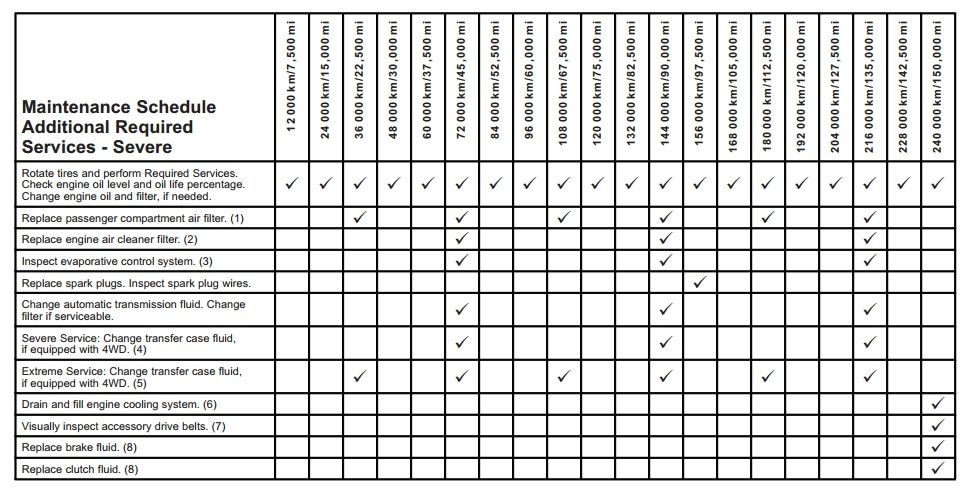
Engine Oil
Engine oil and filters should be changed at least once per year, and you should check your oil level at every fuel stop. Modern trucks also will tell you when you are due for an oil change. If you see the "Change Oil Soon" message, make sure the oil is changed within 600 miles. Otherwise, Chevy recommends changing your oil and filter every 7,500 miles under both normal and severe conditions.
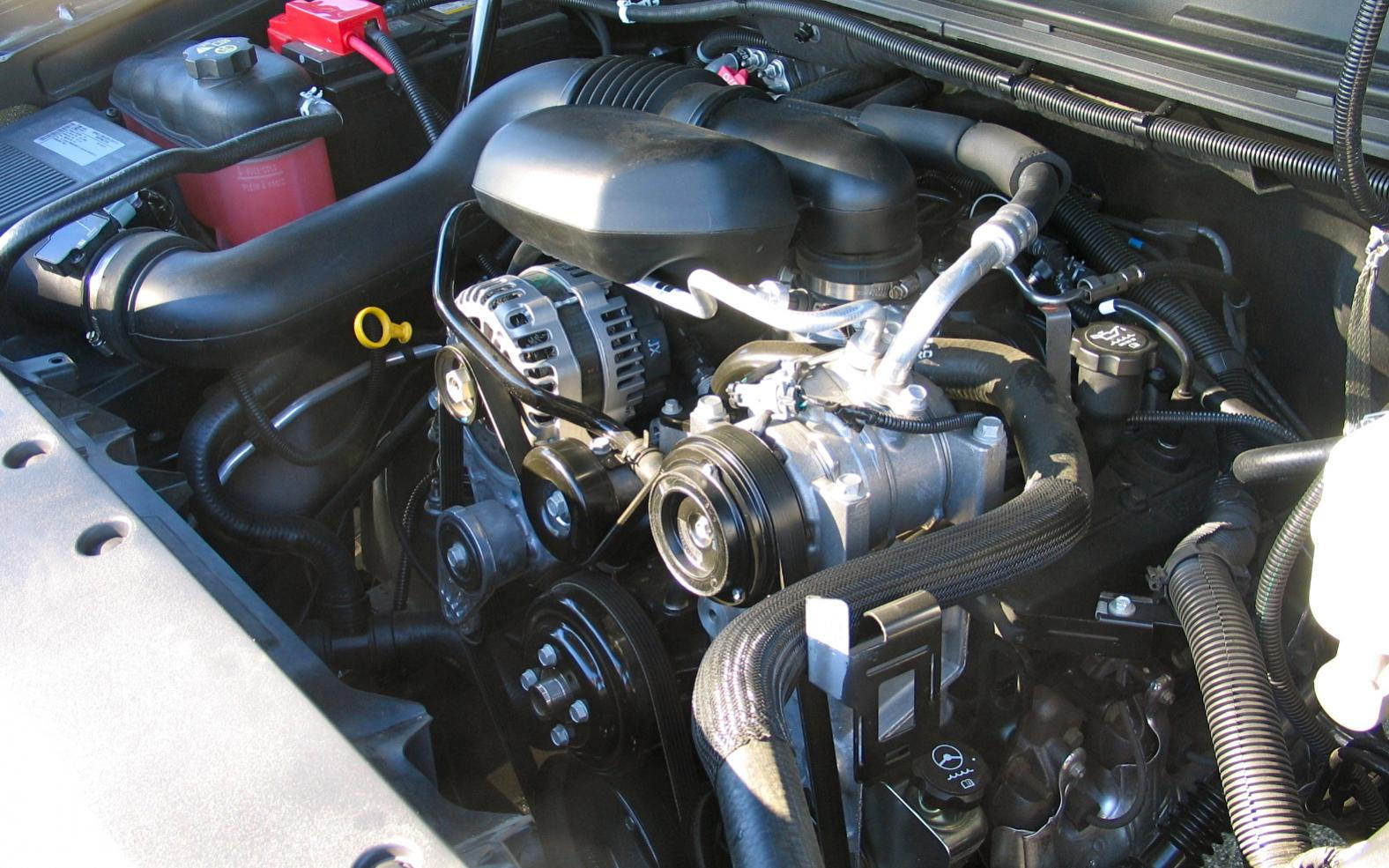
Transmission Fluid
Transmission fluid should be changed every 97,500 miles under normal conditions or every 45,000 miles under severe conditions. Check the fluid levels on a monthly basis, and refer to your owner's manual for the proper ATF fluid to use in your particular model. Transmission fluid keeps your transmission running cool and lubricates it to prevent damage.
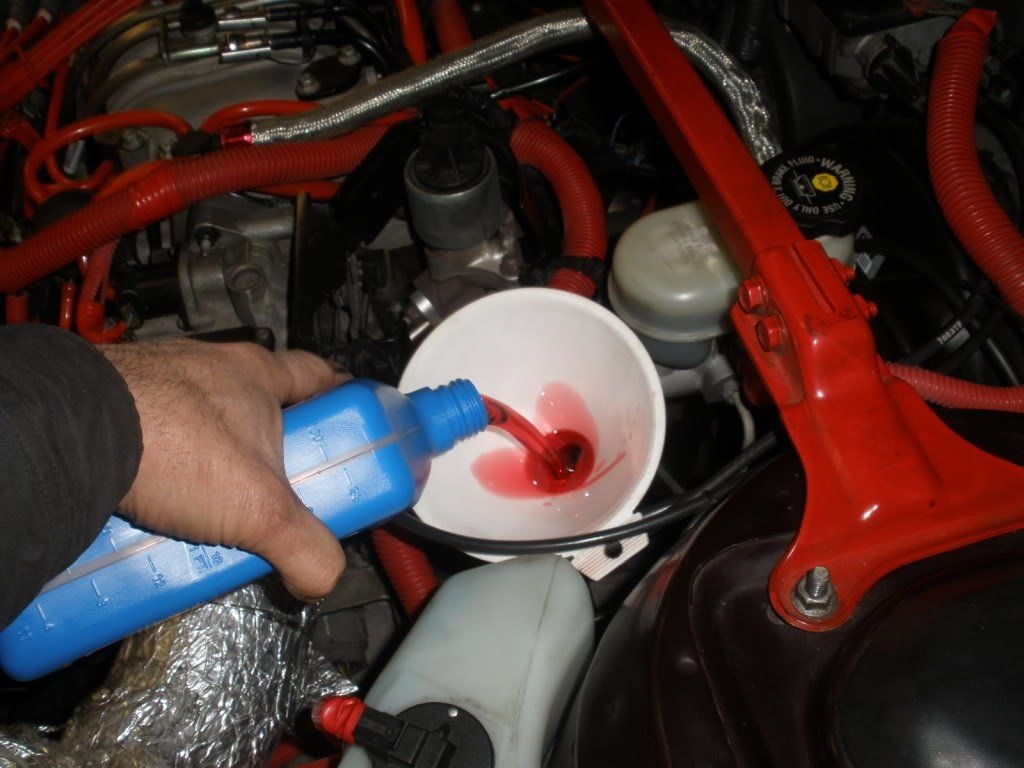
Engine Coolant
Engine coolant should be checked every two weeks or 7,500 miles, and Chevrolet recommends replacing it every 150,000 miles under both normal and severe conditions. Maintaining proper coolant levels is critical, because without coolant, your engine will overheat and die very quickly. Likewise, antifreeze prevents your hoses and fittings from freezing or cracking in cold weather, which can cause leaks.
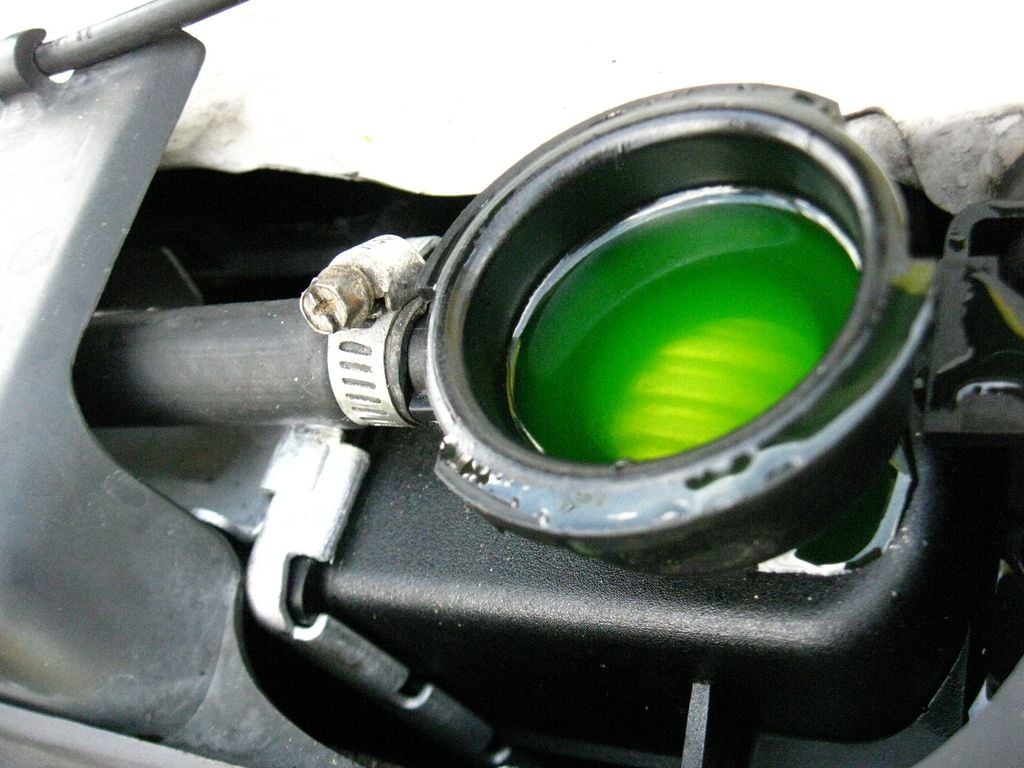
Brake Fluid
Visually check your brake fluid level every other week by looking at the reservoir, as well as every 7,500 miles. Chevy recommends changing brake fluid every 150,000 miles under both normal and severe conditions. Without proper brake fluid pressure, brakes can fail. This is also more of an involved job than changing other fluids, so this might be best left to the professionals.

Windshield Washer Fluid
Windshield washer fluid is easy to maintain and fill, as you simply pour more in the reservoir when it gets low. To keep your windshield clean when things get dirty, check your level every week or two depending on your use and fill as needed.

Power Steering Fluid
Power steering fluid levels should be checked every month or 7,500 miles. Running low on fluid will cause your steering wheel to whine when turned, and a completely dry system can cause power steering pump failure and a broken drive belt, which will render your truck dead on the side of the road.
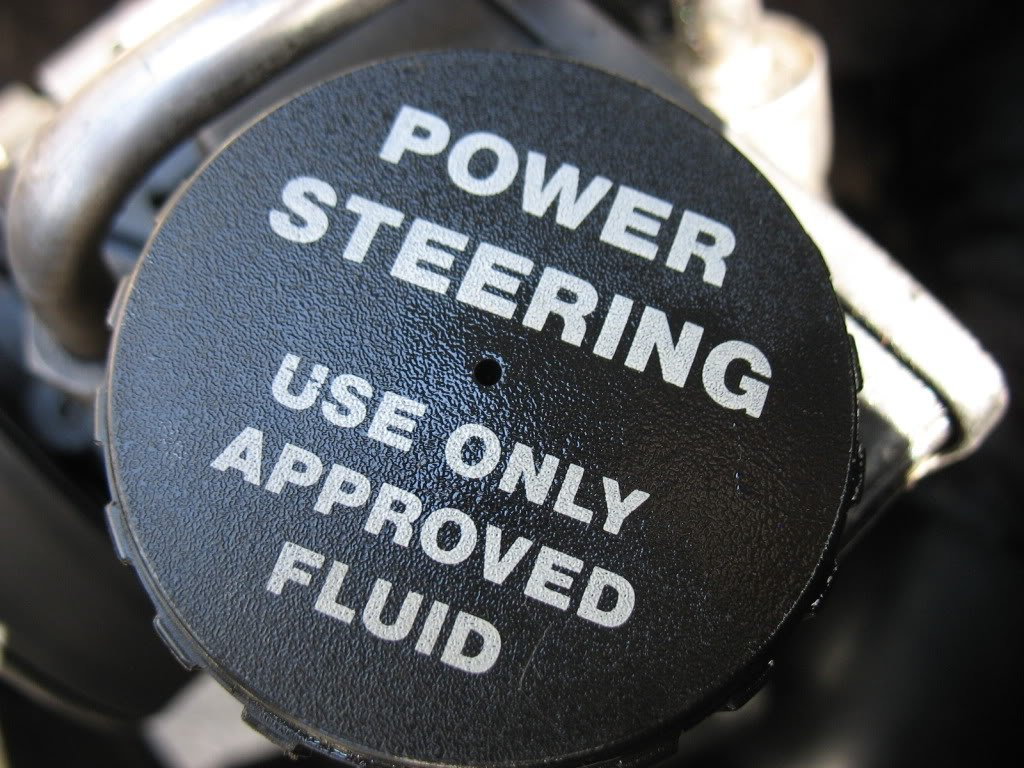
Tires
Tires should be inspected every two weeks. Look for uneven wear, damage, tread depth, and air pressure. Add air as needed. Tires should be rotated every 7,500 miles under both normal and severe conditions. Uneven wear can be caused by insufficient air pressure, worn or damaged suspension parts, or a suspension that is out of alignment.
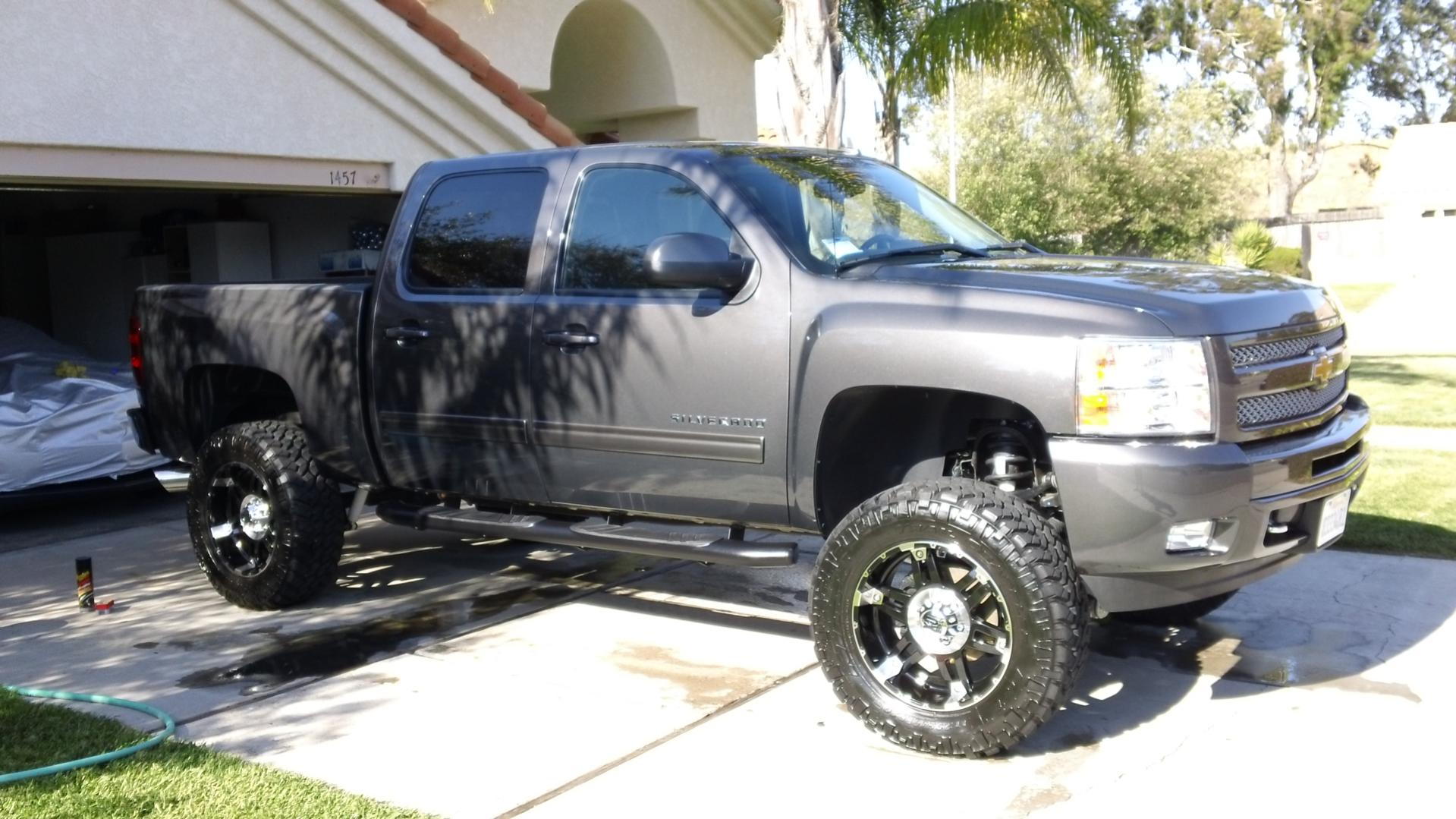
Spark Plugs
Spark plugs should be inspected every month and replaced after 97,500 miles under both normal and severe conditions. Faulty spark plugs can lead to misfires in your engine, which can cause cylinders and even blow your motor.
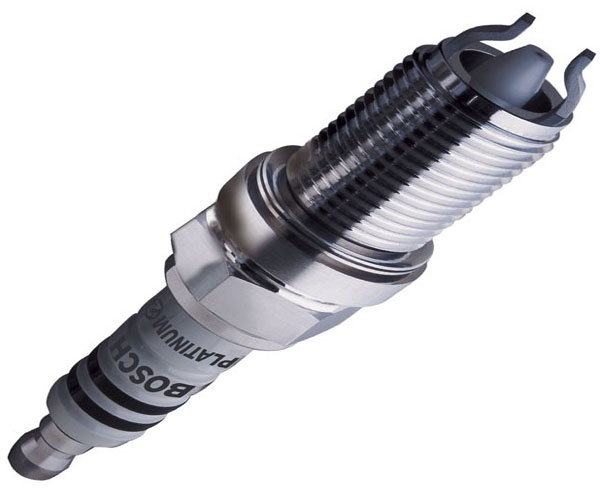
Related Sites
- 2014 Chevrolet Silverado Owner's Manual - Chevrolet.com
- 2014 Chevrolet Silverado Info - Chevrolet.com






